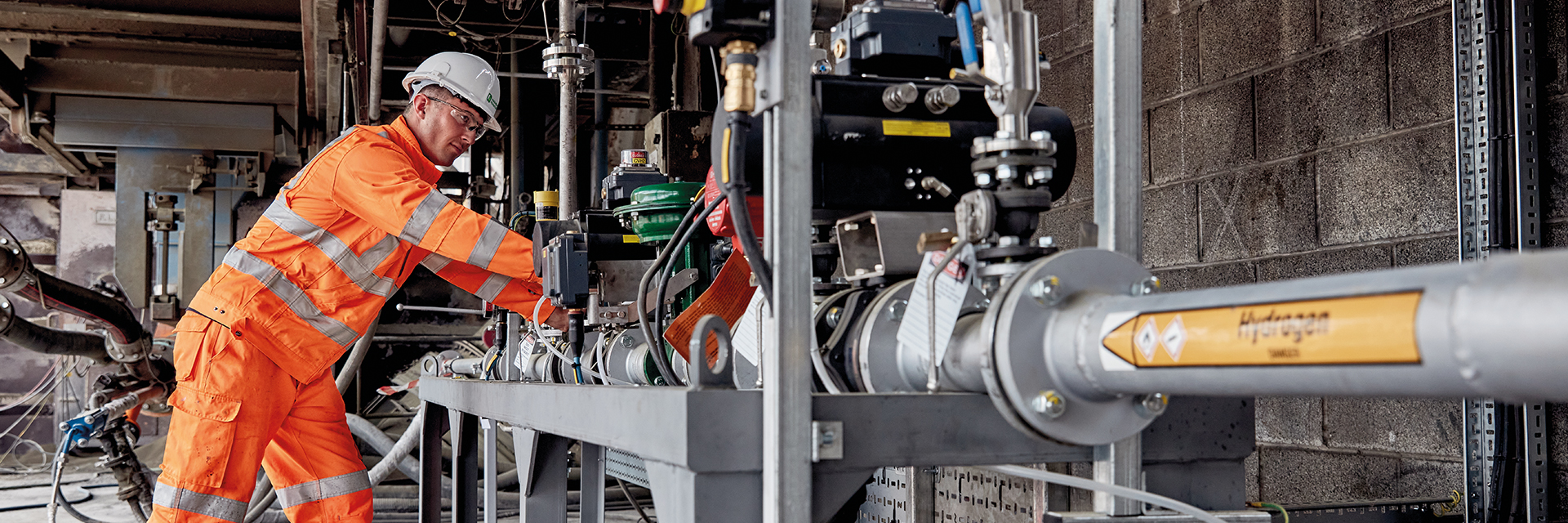Academic study confirms success of Ribblesdale world-first hydrogen fuel trial
The results of an academic research study have confirmed the success of the net zero fuel trial carried out at our Ribblesdale cement works in Clitheroe.
The world-first trial, made possible by funding through the former Department for Business, Energy and Industrial Strategy (BEIS) provided through the Mineral Products Association (MPA), used a mix of 100 per cent net zero fuels – including hydrogen – to successfully operate a cement kiln.
During the demonstration, the proportion of fuels in the cement kiln’s main burner was gradually increased to a wholly net zero mix, which included tanker delivered hydrogen, demonstrating a pathway to moving away from using fossil fuels in cement and concrete production.
The academic study Mixed hydrogen and biofuels cement clinker: characterisation, microstructure, and performance was carried out by academics Samuel Adu-Amankwah (Department of Civil Engineering, Aston University), Ben Douglas (School of Chemical and Process Engineering, University of Leeds) and Leslie Arkless (School of Chemistry, University of Leeds), with support from our Technical Strategy Director Nina Cardinal and Heidelberg Materials Group Team Leader Scientific Coordination Maciej Zajac.
It analysed the quality of the clinker and performance of cement produced during the trial and concluded: “This study demonstrates that the investigated net zero fuel-produced clinker meets compositional and strength requirements for plain and blended cement, providing a feasible pathway for the cement industry to lower its operational carbon significantly.”
Marian Garfield, Sustainability Director added: “We are already the largest producer of lower carbon concrete in the UK, but using hydrogen in the fuel mix at our cement plants will help us eliminate the CO₂ emissions associated with operational energy.
“It is envisaged that combining the use of net zero fuels with carbon capture and storage technology will enable the production of cement to capture more CO₂ than it emits.”
